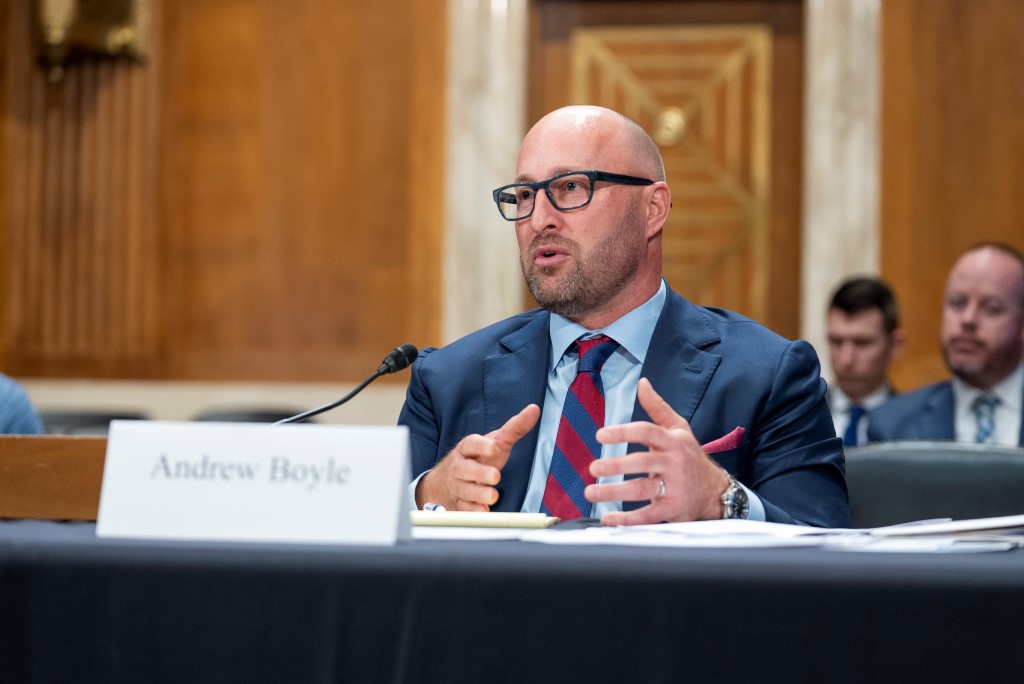A heavy dose of reality for electric-truck mandates
Andrew Boyle, ATA first vice chair and co-president of Massachusetts-based Boyle Transportation, went to Washington this week to testify before a Senate Environment and Public Works Subcommittee on the future of clean vehicles. As the manager of a truck fleet with one of the strongest environmental records in the industry today, Boyle injected a heavy dose of reality into the debate happening on Capitol Hill and nationwide over electric-vehicle mandates.
A cut from his opening remarks:
In the wake of the U.S. Environmental Protection Agency's decision to let California set de facto national emission standards for commercial vehicles, Boyle's testimony sheds light for lawmakers onto the gravity of these mandates—and how disconnected they are from current, real-world conditions.
Below are key exchanges from the hearing.
Regulators have put the cart in front of the horse
After one trucking company tried to electrify just 30 trucks at a terminal in Joliet, Illinois, local officials shut those plans down, saying they would draw more electricity than is needed to power the entire city.
A California company tried to electrify 12 forklifts. Not trucks, but forklifts. Local power utilities told them that's not possible.
If the product, charging infrastructure, and power is not available to comply with these unrealistic timelines, then regulators are setting trucking—and the American consumer—up for failure.
“Remember, we deliver food, medicine, and baby formula...
Failure is not merely inconvenient; it’s catastrophic."
Sourcing, reliability, cost, and other operational concerns are being ignored.
Trucking is not averse to challenges, but we cannot overcome the challenges that lawmakers choose to ignore.
Today, a clean diesel truck can spend 15 minutes fueling anywhere in
the country and then travel about 1,200 miles before fueling again. In
contrast, today’s long-haul battery electric trucks have a range of
about 150-330 miles and can take up to 10 hours to charge.
Read More Here: Trucking.org








